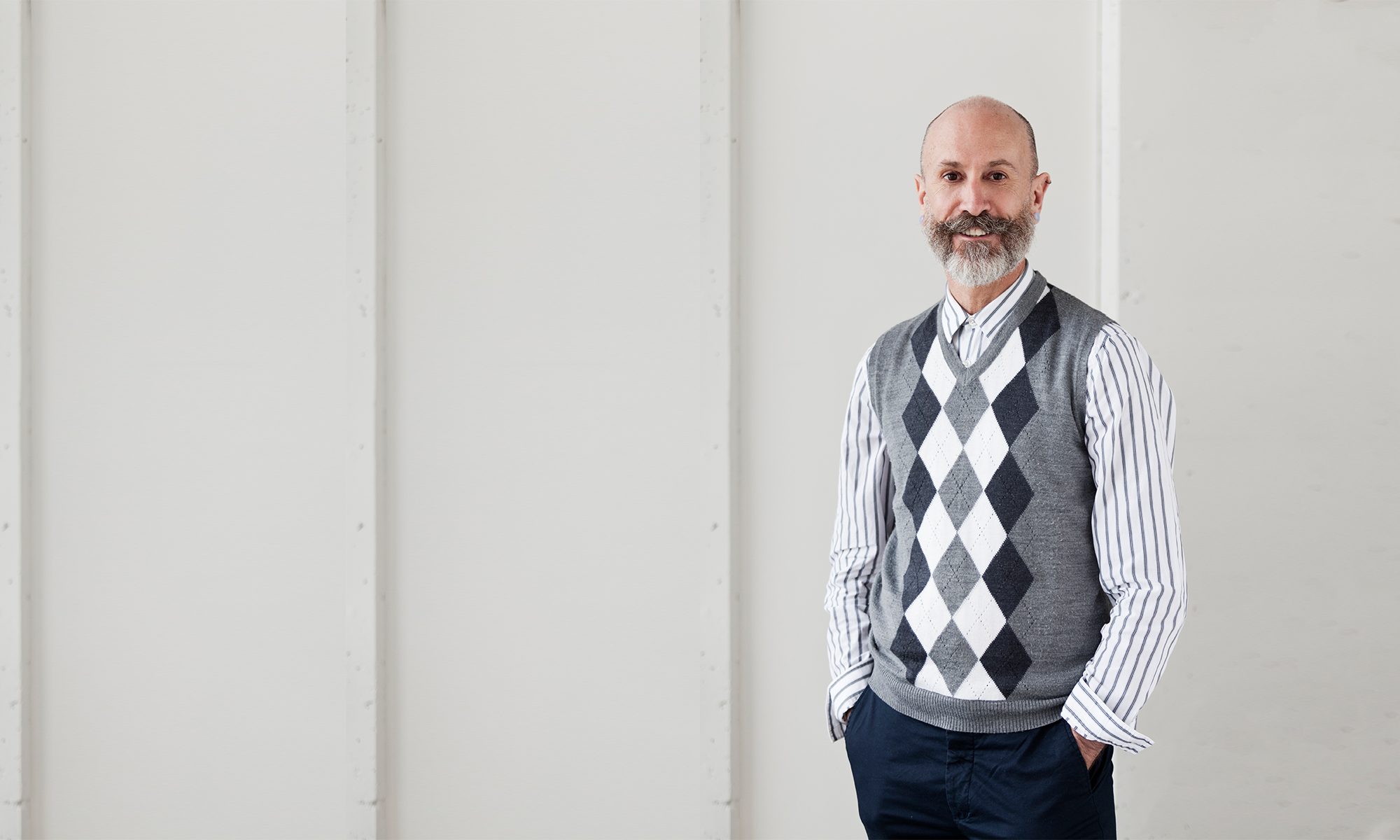Everything I do during a beginner piano student’s first lesson is geared towards two aspects. The first aspect relates to students as performers. The second aspect involves the process of building on.
To start with, my immediate goal is to establish students as performers. I make this goal a high priority because I want students to see themselves as musicians who give performances right from the get-go. This means making sure students have ownership of everything we do together during their lesson so they can experience what it feels like to share their music with others. I think there’s no better way to confirm students as performers than by having a concert performance before the end of their first lesson. How do I prepare students for a performance in one lesson?
Finger dexterity exercises, find 2 black key groupings on the piano, finger numbers 1-2-3-4-5, sing then clap then play the Pepperoni Pizza rhythm (four 16thnotes followed by two 8thnotes) – these are the activities I strategically incorporate to prepare students. Just add a bow before and after their performance and they’re ready for their in-lesson concert. Not to mention, they’ve got ownership of everything they’ll need to give a week full of concert performances at home for family and friends.
The process of building on is all about the way I systematically use first lesson activities in the weeks ahead to expand student competency and repertoire fluency. I take this approach because students depend on me to provide some kind of organized structure for their development. My job is to foster students’ musicianship by recognizing, refining, and building on what they’ve already done.
When students return for their second lesson, I deliberately revisit each first lesson activity as the opportunity to reinforce and validate what students have already accomplished. This process of revisiting first lesson activities takes less (not more) time than previously because I’ve been strategic with my choice of activities and because students are already familiar with what we do together. It’s my responsibility to help students execute those activities with increasingly higher levels of success and assist them in personally strengthening their own performance habits. Of course, I follow up by celebrating with another in-lesson concert performance. And most likely, there’s still enough time to introduce singing, clapping, and playing the Ice Cream Cone rhythm (8thnote, quarter note, 8thnote) before the end of the lesson.
This approach of students as performers and the process of building on is remarkable in the way it mirrors what happens in learning to speak a language. In particular, how the desire we have to communicate compels us to communicate from the get-go. No matter how fluently we speak, we communicate with what we know – it’s as simple as that! Furthermore, the process involved in strengthening spoken fluency comes directly from using and reusing the expressions we’re already familiar with. We increase our fluency with language by building on our successful communications with others.
What I appreciate about the first lesson is the opportunity to celebrate students as musical communicators. No matter how small or limited their musical skills and knowledge, students have something musical to say. What I also appreciate about the first lesson is the opportunity to set up explorations that enhance and strengthen students’ musical fluency. My responsibility is to facilitate activities that not only enable students’ first in-lesson concert, but also provide the structure for future reusing, revisiting, and refining of what’s familiar for students. In this way, the first lesson isn’t an isolated or stand-alone event. Rather, it’s a carefully crafted undertaking with important connections to the weeks, months, and years of lessons still to come.
Cheers!
